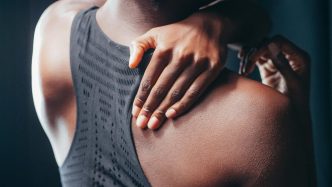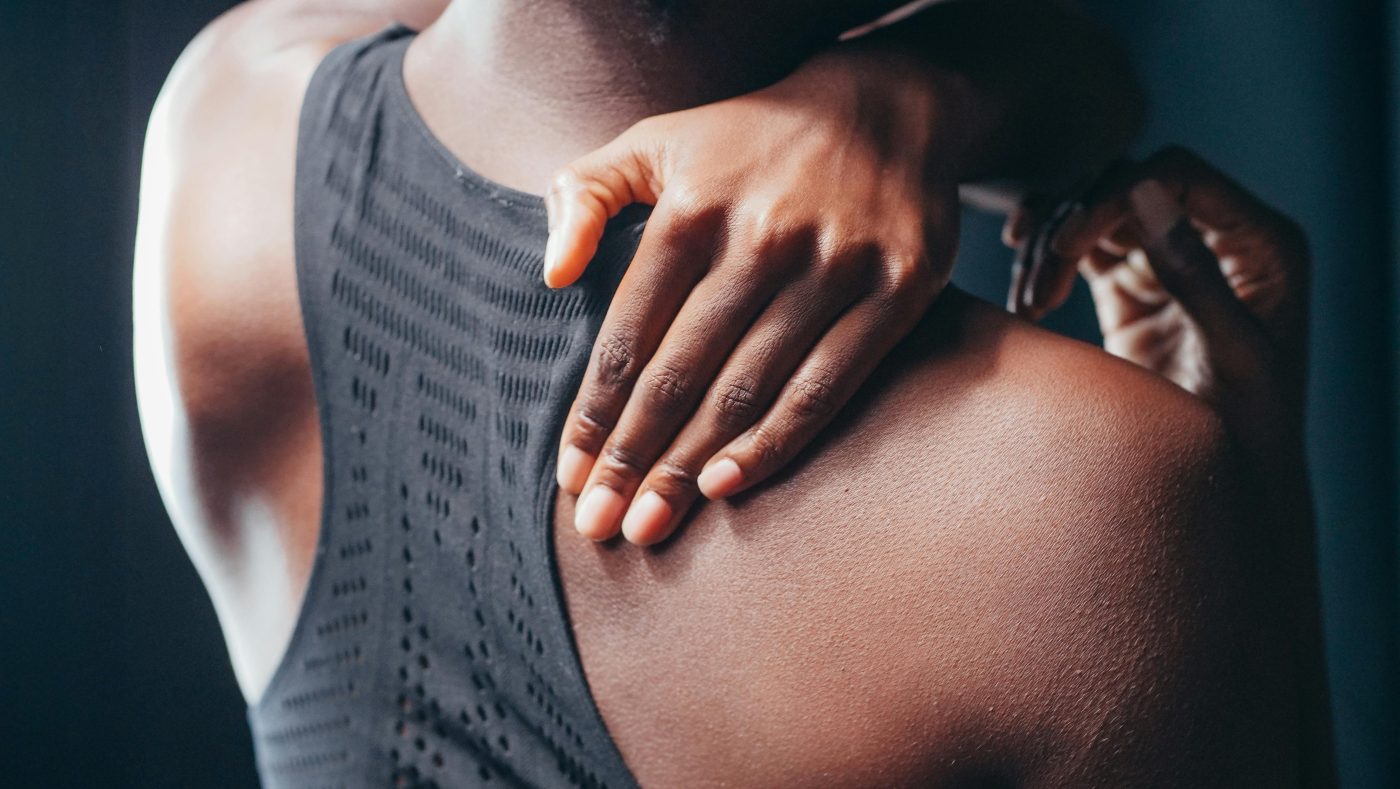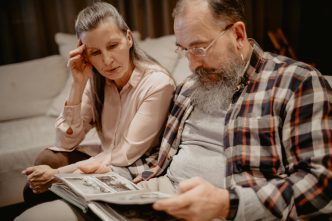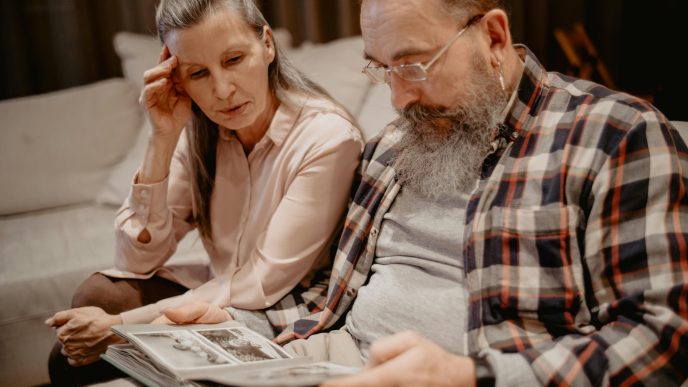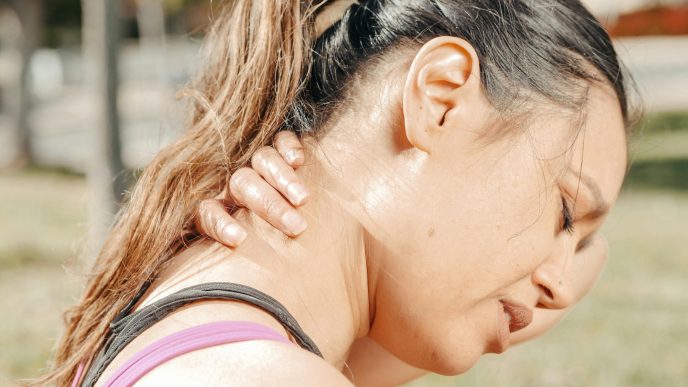PMR pain and stiffness come from inflammation in tissues around the shoulders and hips—especially the bursae and tendon sheaths. A key messenger called interleukin-6 (IL-6) is usually high during active disease and falls when PMR improves, which is why IL-6-blocking medicines can help some people who struggle to taper steroids.
The simple story
Your immune system releases signals that make tissues swollen and sensitive. In PMR, this mostly targets soft tissues near shoulders and hips, leading to deep aching and morning stiffness. Move gently and the stiffness often eases; that’s classic for inflammation-driven pain.
Meet IL-6
IL-6 (Interleukin-6) is an inflammatory messenger. In PMR and its “sister” condition GCA, IL-6 levels are often elevated with active disease and track with inflammation tests like ESR/CRP. Blocking the IL-6 pathway (with drugs like tocilizumab or sarilumab) can reduce inflammation in selected patients under specialist care.
What imaging shows
Ultrasound can reveal inflamed bursae (like the subacromial-subdeltoid bursa) and tendon sheaths around shoulders/hips—patterns that support PMR when the clinical story fits. This helps separate PMR from isolated rotator cuff problems.
What this means for treatment
- Glucocorticoids (steroids) calm inflammation quickly; most people feel better within days to a week once the right dose is found.
- Steroid-sparing options (e.g., methotrexate, and in more resistant cases IL-6 blockers) may be added to reduce steroid side effects and relapses. Decisions are personalized.
